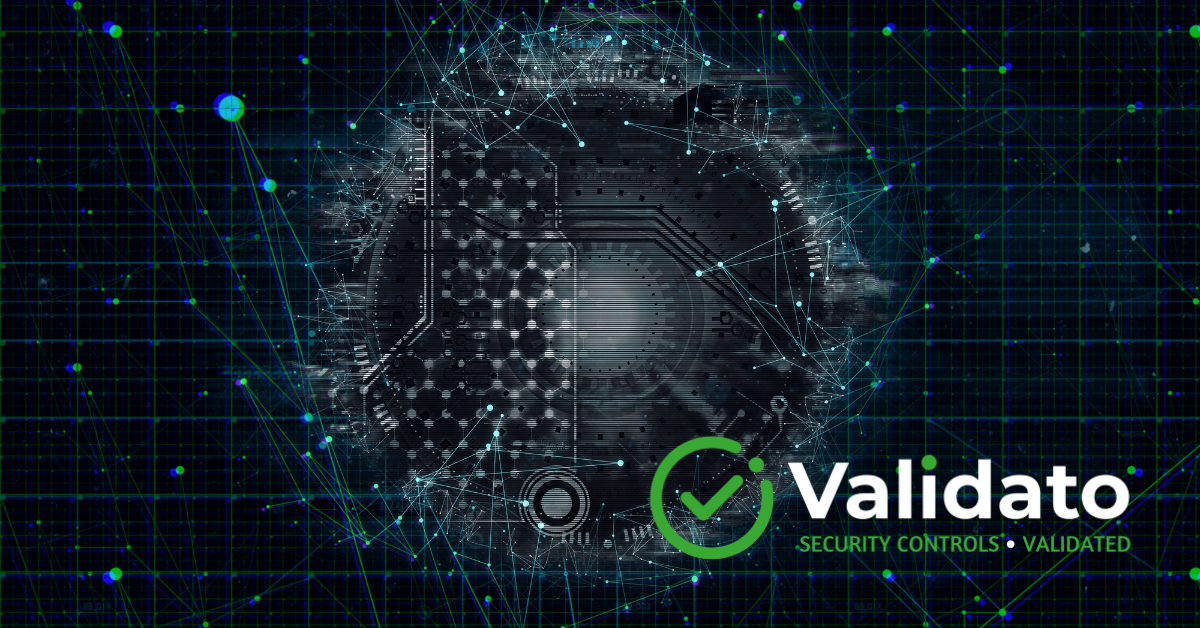What is adversarial exposure validation and why does it matter?
Adversarial exposure validation revolutionises security testing by simulating real attacker tactics, techniques, and procedures (TTPs) rather than merely scanning for vulnerabilities. This proactive approach reveals whether security controls actually prevent, detect, or respond to genuine attack attempts.
Traditional Scanning vs. Adversarial Validation
| Traditional Vulnerability Scanning | Adversarial Exposure Validation |
|---|---|
| Identifies potential weaknesses | Demonstrates actual exploitation paths |
| Generates hundreds of issues | Provides clear remediation priorities |
| Shows what could be vulnerable | Proves what is exploitable |
This approach proves essential for meeting regulatory requirements. Frameworks like NIS2, DORA, and UK CSRA demand evidence that controls work effectively against real threats. Regulators no longer accept having controls in place—they require proof these controls withstand actual attack scenarios.
Building your validation programme on the MITRE ATT&CK framework
The MITRE ATT&CK framework provides the foundation for structured adversarial testing. This comprehensive knowledge base catalogues real-world attack techniques, creating a common language for describing adversarial behaviour.
Implementation Steps:
- Identify relevant threat actors targeting your industry
- Map their preferred techniques within the ATT&CK matrix
- Create validation scenarios based on these techniques
- Prioritise testing according to threat likelihood
Financial services might prioritise financially motivated attack techniques, whilst healthcare providers focus on ransomware TTPs. This targeted approach ensures validation efforts address the most likely attack scenarios. For implementation guidance, exploring comprehensive adversarial exposure validation platforms provides necessary tools and structure.
Common implementation challenges and how to overcome them
Key Challenges:
- Resource constraints: Traditional penetration testing requires significant time and budget
- Skills gaps: Specialised knowledge needed for configuring tests and interpreting results
- Operational disruption: Testing must balance comprehensiveness with business continuity
Solutions:
- Automated tools: Modern platforms package complex scenarios into manageable tests
- Guided remediation: Step-by-step fixes without requiring offensive security expertise
- Phased implementation: Start small and expand coverage gradually
Setting up continuous validation across Windows, Linux, and Mac environments
Technical implementation varies significantly across operating systems, each requiring specific validation approaches:
| Environment Type | Testing Priority | Recommended Frequency | Key Considerations |
|---|---|---|---|
| Windows Workstations | High | Weekly | User privilege validation, endpoint protection |
| Linux Servers | High | Bi-weekly | Service configurations, access controls |
| Mac Endpoints | Medium | Monthly | Gatekeeper bypasses, persistence methods |
| Cloud Environments | High | Weekly | Identity management, resource isolation |
Schedule automated tests during off-peak hours to avoid disruption. Begin with host-level controls before expanding to servers and network scenarios. Cloud environments require special attention to both virtualisation layer security and guest operating systems.
Measuring success and demonstrating ROI to stakeholders
Technical Metrics:
- Reduction in exploitable attack paths
- Decreased mean time to detect (MTTD)
- Improved remediation velocity
Business Metrics:
- Risk reduction: Lower likelihood of ransomware or data breaches
- Compliance improvements: Better regulatory requirement fulfilment
- Cost savings: Continuous validation costs fraction of annual penetration tests
These metrics demonstrate how validation efforts connect technical improvements to business outcomes, building compelling investment cases for stakeholder buy-in.
From validation results to actionable remediation plans
Effective remediation requires systematic approaches to transform validation findings into security improvements:
Prioritisation Framework:
- Critical: Easily exploitable vulnerabilities affecting business-critical systems
- High: Complex attack chains targeting important assets
- Medium: Theoretical vulnerabilities with limited impact
- Low: Edge cases requiring significant attacker resources
Integration Points:
- Vulnerability management processes
- Incident response procedures
- Security monitoring priorities
- Risk assessment frameworks
Address root causes rather than symptoms. If validation reveals widespread privilege escalation vulnerabilities, implement both immediate fixes and long-term privilege management improvements.
Key Takeaways
Adversarial exposure validation transforms security testing from theoretical vulnerability hunting to practical attack simulation. This approach provides organisations with:
- Real-world validation: Testing against actual attack techniques rather than theoretical vulnerabilities
- Structured methodology: MITRE ATT&CK framework ensures comprehensive coverage
- Continuous improvement: Automated tools enable ongoing validation across all environments
- Measurable outcomes: Clear metrics demonstrate security improvements and ROI
- Actionable insights: Results drive systematic remediation plans
As cyber threats evolve, adversarial validation provides the practical, measurable approach needed to ensure defences keep pace with attackers. Success requires commitment and systematic implementation, but delivers demonstrable risk reduction, regulatory compliance, and genuine resilience against emerging threats.


